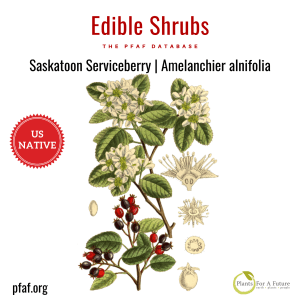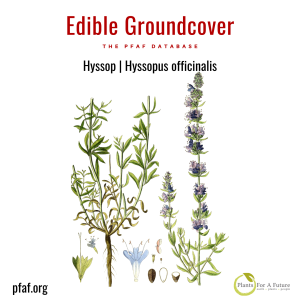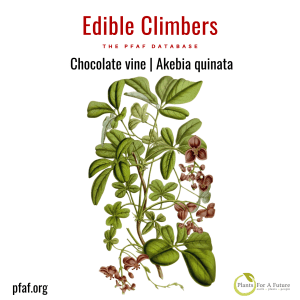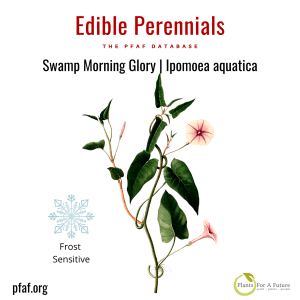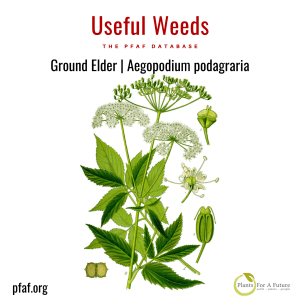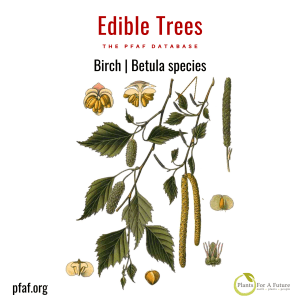The trustees of the Plants For A Future charity wish all the visitors and users of our website and database a Very Merry Christmas and a productive New Year. We expect that you will be producing more and more edible perennials, a practice that has really caught on lately. We saw evidence for this in the Christmas greeting from Mandy Barber of Incredible Vegetables: https://mailchi.mp/f8e028a7074b/watch-us-on-gardeners-world-this-friday-9pm-bbc2-11250206?e=b9cc741df9 (www.incrediblevegetables.co.uk) with photos showing the major expansion of her operation, in response to the growing demand for edible perennial plants. There were 74 different food plants in Mandy’s display, many of which will be available from her webshop when it opens at the end of January.
Other recent encounters made me think about changes in food growing bringing new hope for the future. I watched a presentation by Andy Goldring, CEO of the Permaculture Association in Britain, at a virtual conference on Agro-Eco-Culture in Belarus. Andy covered the evolution of permaculture over the fifty years since its founding and then he used a number of case studies to show the potential of intensive mixed plantings to give yields up to fifty times the typical yields from conventional arable farming. It is well known that a very high percentage – perhaps 70-80% – of the world’s food is grown on small, family farms. We can see the growing interest in Europe and America in forms of regenerative agriculture, agroecology and permaculture design as a continuation of traditional subsistence farming in different forms.
Another contact relevant to this discussion was a phone call from the landscape designer Matthias Bruck (www.permatur.org) who is doing great work around Europe on edible perennials and food forests, on farms, community gardens and schools.
A different perspective on making food growing more sustainable was brought to me by an email from an undergraduate student studying Forestry at the University of Kentucky. She told me she had added a ‘sustainable agriculture minor’ to her Forestry degree and that she is ‘very determined to make a contribution to the field of agroforestry’, and is planning to ‘start a trial food forest in Kentucky within the next 4 years’. She then asked ‘might PFAF want to work with [her] on food forest trials or research in Kentucky, USA?’ I replied with appreciation and encouragement and asked to know more and to stay in touch. When I looked online at the University of Kentucky’s Sustainable Agriculture Program I was impressed by the range of studies and practical experience provided for the students. I had a feeling of unease though about this being associated with studying Forestry, which I’ve assumed would be training students for jobs in Forest Industries and the Timber Trade, which I associate with logging, chainsaws and big machinery, clear felling, deforestation and land degradation. I have been worried recently by enthusiasm for Agroforestry: a system in which rows of timber trees are interspersed by strips of crops or pastureland. Would this not perpetuate the defects of Forestry and conventional agriculture? It certainly wouldn’t provide anything like the fifty-fold increase in food per acre of an intensively cultivated plot such as Andy Goldring showed in his presentation, or the benefit he saw of growing human food on less land to enable other land to become wilderness for other species to survive and thrive.
Over the last two years, database development work at PFAF has focussed on plants suitable for food forests in temperate situations, around 500 of these featuring in our latest book. Currently we are working on tropical food forest plants, with another book to be published next year. We are also currently working on how we could help people in practical ways with their food forest projects.
We would be very glad to hear from some of our users, your views and experiences, your projects and stories, and how we might help you. Do get in touch! And again wishing you a productive New Year!

